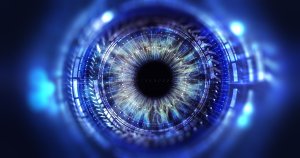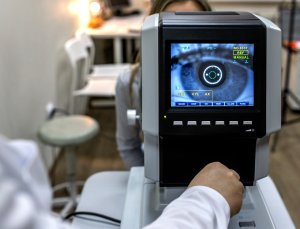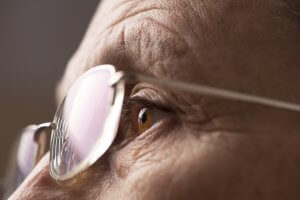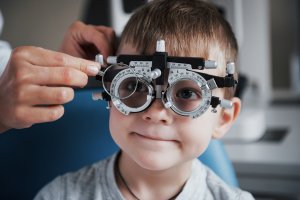Do all doctors use the same techniques to measure visual fields?

Voted Best of Berks—
eight years in a row!

Visual field testing has advanced greatly in recent years. While Humphrey (and Octopus) perimeters are the most widely used devices by optometrists and ophthalmologists, several newer strategies – some using these same machines, others use different devices – have been introduced which allow for earlier detection of field defects and easier monitoring of field changes.
These new technologies work by testing different groups or types of the retinal ganglion cells that are destroyed in glaucoma. One is blue-yellow perimetry, also known as Short Wavelength Automated Perimetry (SWAP), which uses blue light as the stimulus and yellow light as the background illumination. Another is Frequency Doubling Technology (FDT), which measures a form of contrast sensitivity. This test is especially useful for patients who have blurred vision or cataracts.
Find a Doctor
Physician information including education, training, practice location and more.
Schedule an Appointment
Call 800-762-7132 or make an appointment online.





